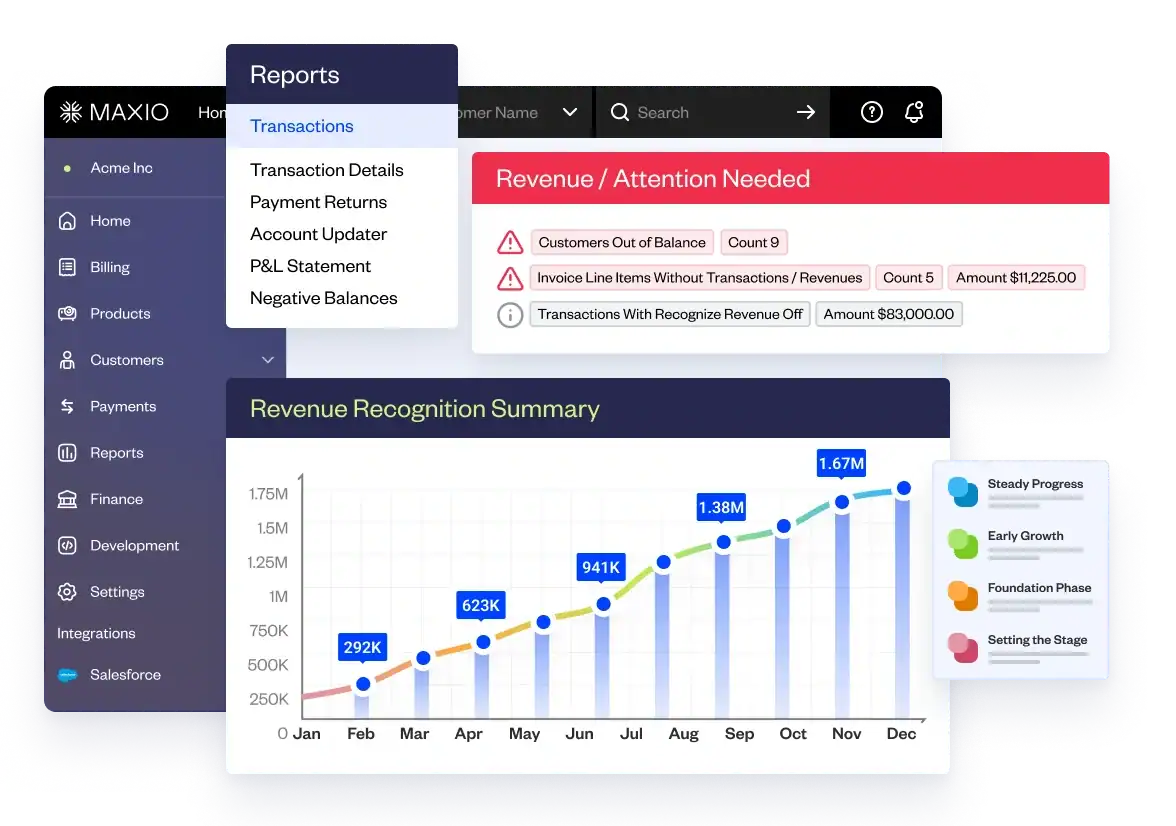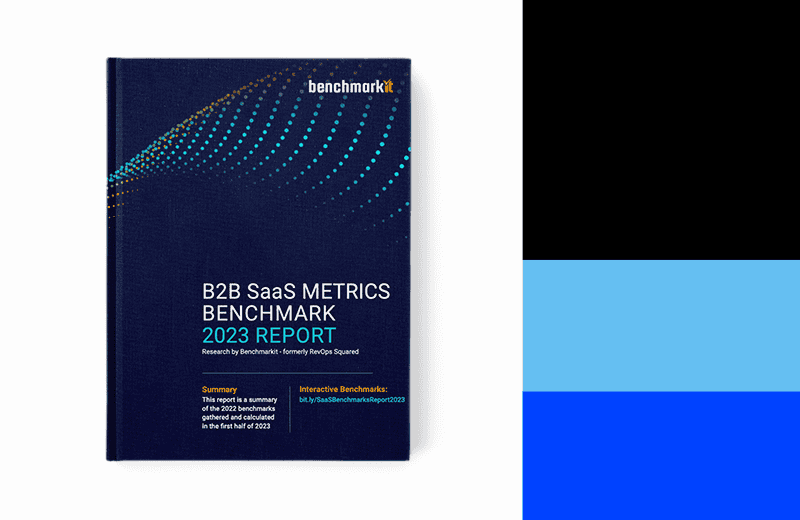If you ask a SaaS founder or CEO what their top priority is, nine times out of 10, you’ll get a one-word reply: “growth.” It’s easy to see why. Everyone loves to talk about how fast their company is growing, and in recent years investors have rewarded companies that can deliver massive growth.
But according to Battery’s latest Cloud Quarterly report, times are changing. Of course, growth still matters. But it isn’t the only thing that matters. Increasingly, investors seek not “growth at any cost” but rather a more measured and sustainable approach. Yes, they want to see growth, but during these turbulent times they want growth to be accompanied by responsible leadership and a clearly articulated path to profitability.
That’s why today’s smartest SaaS leaders aren’t obsessed with growth—they’re obsessed with the “Rule of 40.”
Why are the best SaaS Leaders obsessed with the Rule of 40?
It is all about creating more economic value (EV) over time. To that end, many VCs and growth equity firms (like Battery, which is the majority owner of Maxio) have published articles on the “Rule of 40,” showing the difference in economic value (a.k.a. valuation) between companies depending on where they sit on the Rule of 40 graph. One I like a lot is Volition Capital’s POV, which you can find here. In Battery’s recent report, they reviewed and plotted many public companies on a Rule of 40 Graph, which clearly shows the increase in EV for those in the green zone (high growth and higher EBITDA).
Understanding the Rule of 40
The Rule of 40 is a way of figuring out whether you’re focusing too much on growth at the expense of profitability. It works by adding your current 12-month growth rate (in percentage terms) to your profit margin. If the result is 40 or more, you’re golden; if it isn’t, you’re doing something wrong.
In other words, if you’re growing at 80% per year, you can afford up to a negative 40% profit margin. If you’re growing at 40% per year, you can afford to operate at no worse than breakeven. And if you’re growing at just 20% per year, you’re doing fine as long as your profit margin is 20% or higher.
That’s a significant break with the conventional wisdom. Many SaaS businesses have long assumed that if they’re posting 80% or 100% or 120% annual growth, nobody’s going to ask questions about their path to profitability, and if their growth is down around 20% or 30%, nobody’s going to care how profitable they are.
Not all Rule of 40 companies are equal
While the math says you can have an 80% growth profile and -40% EBITDA, it is probably not a great profile given the recent uncertainty in the market. According to Battery, the downturn has made the Rule of 40 more important than ever. Relying on hypergrowth to carry you to a big exit is no longer the best strategy. With VC money flagging, founders are having to conserve capital and extend their runway. That’s making measured and sustainable expansion, accompanied by an appropriate level of profitability, more critical than breakneck growth at any cost.
What this means for you
The Rule of 40 requires different things from different stakeholders:
- Investors need to make sure they’re doing due diligence and investing in companies that have staying power. Growth without a pathway to profitability is worthless; so are slash-and-burn spending reductions that come at the cost of existing or future revenue streams. Steady and sustainable growth driven by smart spending and monetization strategies is vital.
- Founders need to ensure they have the right financial metrics at their fingertips. Burn rate is important, of course, but don’t neglect the money coming in. To get a handle on your Rule of 40 compliance, you need to manage growth and outlay in parallel and ensure you have data-driven insights into metrics such as recurring revenue growth, customer churn, etc.
- Employees need to understand that disciplined growth is now the name of the game, and that reduced or more measured spending, or new kinds of spending, might be necessary. That doesn’t mean the company is panicking or running out of money, it means it’s maturing and battening down the hatches for the long haul.
What’s the common thread here? It’s an obsessive commitment to the nuts and bolts of your growing business—the financials and KPIs that enable you to achieve not just growth, but durable growth at a sustainable pace. Only with meaningful and continuous visibility into and control over these core metrics can you simultaneously unlock both growth and profitability in today’s fast-changing SaaS environment.
A new playbook
Bottom line: the Rule of 40 is the new playbook for durable SaaS businesses. Investors, founders, and employees all need to focus on making intelligent, data-driven decisions that will give their companies real staying power. That means building out the financial toolkit you need to unlock the next stage of growth while also building a rock-solid path to profitability.
Want to find out more? The Maxio team is here to help. Get in touch today to learn how you can leverage the Rule of 40 to drive enduring success for your business.






